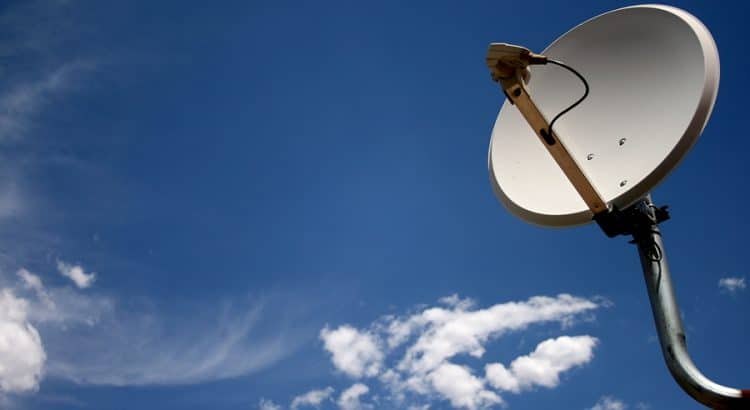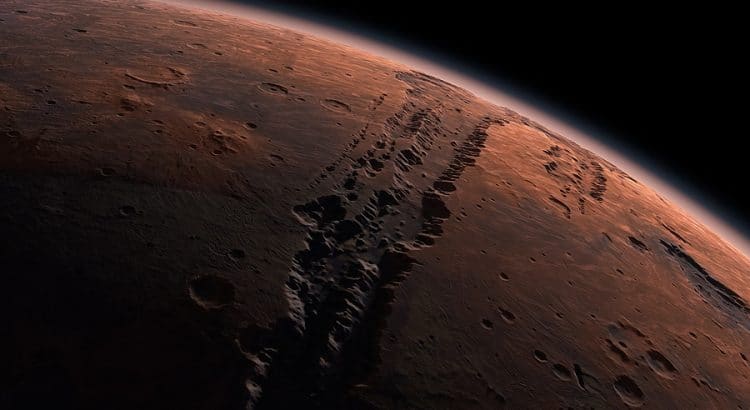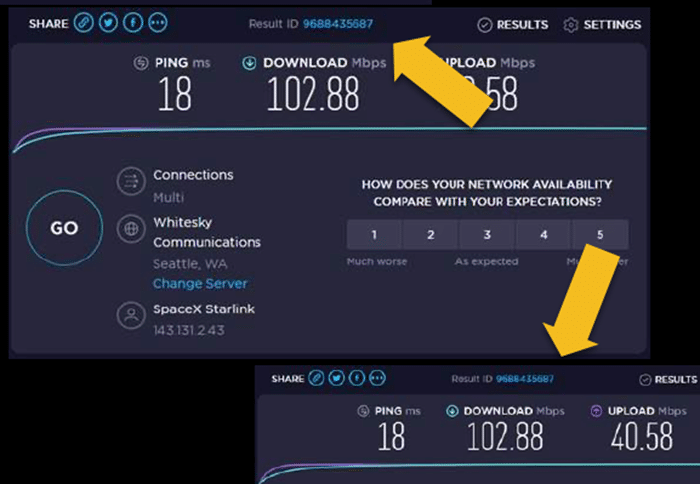Starlink beta testers can purchase a user terminal and a router for about $500. Starlink probably sells these terminals at a significant loss. In a tweet shared earlier this month, Elon Musk wrote:
In a recent earnings call, Pradman Kaul, CEO and President of Hughes Network Systems, gave some perspective on the cost of Starlink’s terminal in comparison to conventional terminals for satellite internet:







